If you are a gardener, then you know that there are two main types of soil: garden soil and compost. Garden soil is the type of soil that is found in most gardens. It is usually made up of clay, sand, and silt. Compost is made from organic materials, such as leaves, grass clippings, food scraps, and manure. So, which one should you use in your garden? This article will discuss the difference between garden soil and compost and help you decide which one is right for you!
What is garden soil?
Soil Texture
Garden soil is a type of soil specifically designed for gardening purposes, including vegetable and flower gardening. It typically contains organic matter, nutrients, and microorganisms that help promote healthy plant growth. Garden soil also has a good structure, allowing water to flow through it easily while maintaining moisture levels in the root zone. The texture of garden soil is important too – having a mixture of sand, silt, and clay will allow for good drainage and adequate aeration for roots to thrive.
Different types of soils may be used for different types of plants, depending on their specific needs. For example, sandy soils are better suited to succulents and cacti because they drain quickly, while clay soils hold moisture better and are better suited to vegetables such as tomatoes. Knowing the texture of your soil can help you determine what type of plants will grow best in your garden.
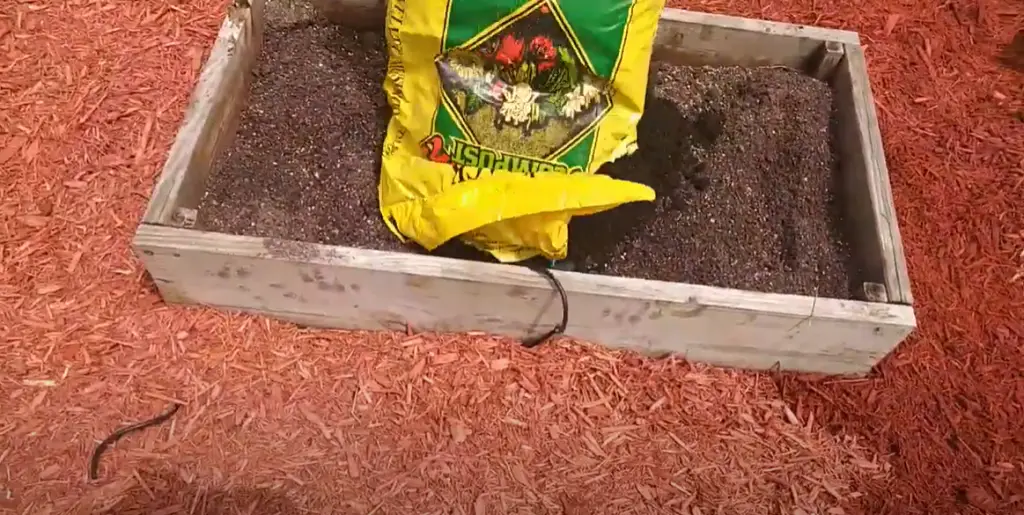
Soil pH
The pH level of the soil is also important to consider when gardening. A neutral or slightly acidic soil (pH 6-7) is generally preferred by most plants, however, some prefer a more alkaline environment (pH 7-8). Understanding your soil’s pH can help you determine which plants will do well in that particular environment. If you need to adjust the pH level, you can amend your soil with lime or sulfur to make it more acidic or alkaline, respectively.
Soil Fertility
The fertility of the soil is another important factor in gardening. Soils with higher nutrient levels promote healthier plants and better yields. Rich composts are often added to garden soils to provide plant-available nutrients such as nitrogen, phosphorus, and potassium. Adding fertilizer may also be necessary for certain plants that demand higher levels of nutrients than what is naturally present in the soil.
Soil Composition
The composition of garden soil is also important, as different types of soils have varying levels of porosity. Sandy soils allow for better drainage and aeration, while clay soils retain more water. Knowing the type of soil you have will help you determine what kind of plants are best suited for it. Adding organic matter to the soil can also improve its structure and make it more hospitable for plant growth.
Soil Nutrients
In addition to the physical and chemical components of soil, there are also biological elements that affect plant growth. These can include beneficial organisms such as bacteria, fungi, earthworms, and other microorganisms. Adding compost to the soil can help increase these beneficial populations, as well as provide additional nutrients for plants.
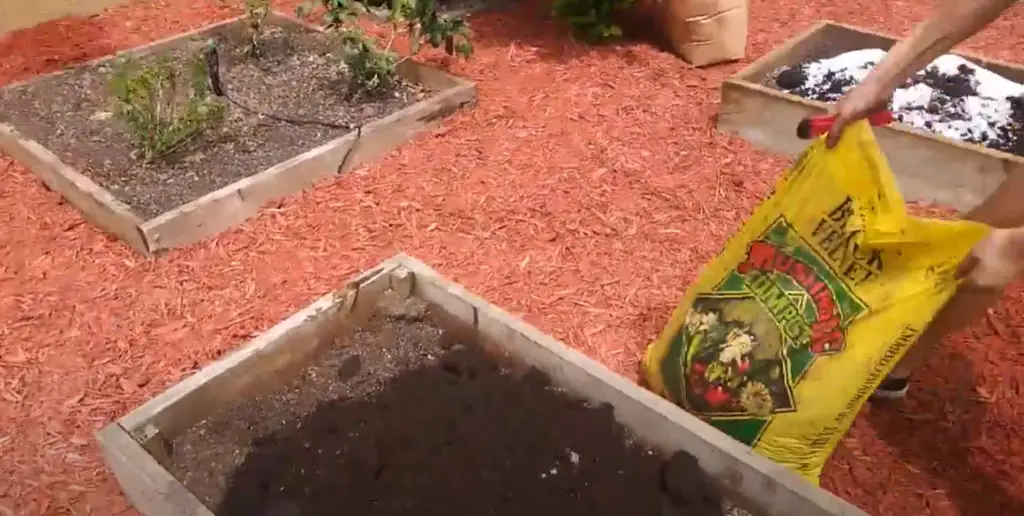
Types of garden soil
Garden soil is classified into different types based on its composition, texture, color, and other characteristics.
- Sandy Soil: This type of soil has large particles that are easy to work with and can hold very little moisture or nutrients. It drains quickly and does not support the growth of many plants unless improved through the addition of compost or other organic matter.
- Clay Soil: Clay soil is characterized by small particles that stick together when wet, making it difficult to work with and very slow to drain. It retains water and nutrients well but needs amendments such as sand and organic matter to improve drainage and aeration for plant growth.
- Silt Soil: Similar in texture to clay, silt soil is made up of very fine particles that are easy to work with and can hold more moisture than sand. It also retains some nutrients but needs to be amended with organic matter for optimal plant growth.
- Loam Soil: This type of soil is a combination of sand, silt, and clay, making it ideal for growing most plants. It has good drainage yet can retain water and nutrients well, so amendments are not typically necessary.
- Peat Moss: Peat moss is an excellent amendment for any type of garden soil as it helps improve the structure, aeration, and nutrient content. It holds moisture well and provides essential minerals to plants while helping reduce compaction due to its lightweight [1].
What is compost?
Compost is a type of soil amendment made by decomposing organic matter such as dead leaves, grass clippings, food scraps, and other plant material. Compost is full of beneficial bacteria and fungi that help break down the materials into nutrient-rich humus. This humus helps improve soil structure, aeration, and water retention, and increases essential nutrients for plants to thrive.
Compost can also be used to help reduce weeds in gardens or lawns because it prevents weed seeds from germinating. Using compost is an easy way to nourish your garden with natural fertilizer while reducing your waste output. Additionally, composting helps reduce greenhouse gas emissions by preventing food waste from entering landfills where it would otherwise release methane into the atmosphere [2].
How to Compost?
Composting is fairly simple and can be done on any scale from a single bin in the backyard to large-scale compost operations. The basic process involves layering organic materials like food scraps and plant matter with soil and allowing them to decompose over time. This requires maintaining the proper temperature and moisture levels, aerating the pile periodically and turning it occasionally so oxygen can reach all of the material. As this happens, beneficial bacteria break down the material into nutrient-rich humus that can be used as fertilizer for your garden or lawn.
Small-scale bins are available for purchase or you can create your own compost bin from scrap materials such as old pallets or fencing panels. If you’re composting on a larger scale, you may prefer to use rotating tumblers or drum-style composters.
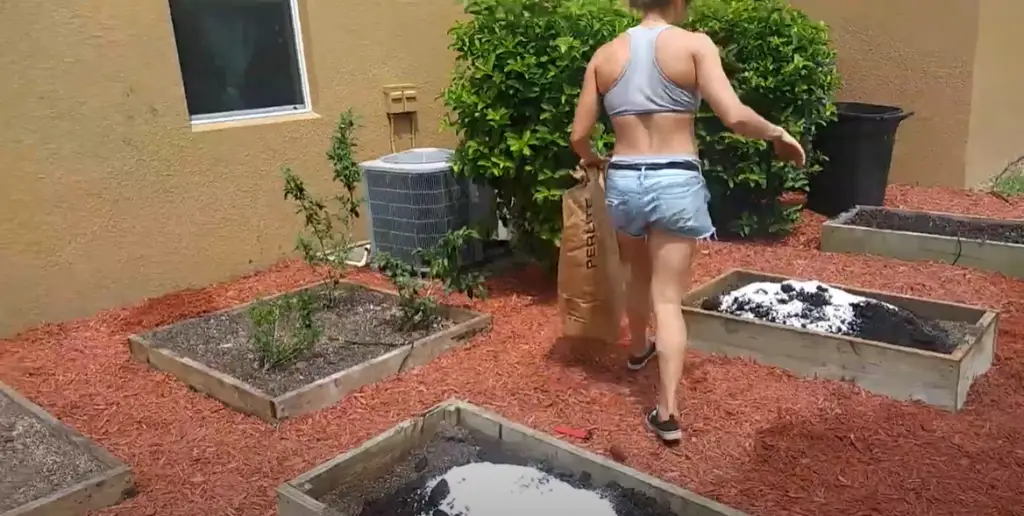
Regardless of the type of bin you choose, there are a few basic steps to successful composting that apply regardless of size:
- Start by layering your materials: Begin with a layer of “browns” such as dried leaves, straw, or wood chips. Next, add “greens” like grass clippings and food scraps from your kitchen in thin layers. Top this off with soil or finished compost to provide beneficial bacteria and organisms for decomposition.
- Add moisture: Your compost pile should be damp but not wet – think of how a wrung-out sponge feels. Add water as needed to keep the compost moist but not soggy.
- Turn and aerate: Turning or mixing your compost pile helps ensure that oxygen reaches all of the material, which is essential for proper decomposition. Use a pitchfork to mix the pile every few weeks, adding more moisture if necessary. For larger piles, consider using a motorized aerator attachment to make this process easier.
- Monitor temperature: Temperature is an important factor in successful composting. The ideal temperature range for most materials is between 104-140°F (40-60°C). If your compost fails to reach these temperatures, add more “greens” and/or turn the pile more often.
- Harvest your compost: Your compost is ready for use when it’s a dark, crumbly material with an earthy smell. Use it in your garden or lawn as fertilizer and enjoy the fruits of your labor!
What is mulch?
Mulch is a protective covering typically composed of organic material such as peat moss, straw, compost, wood chips, bark, leaves, or grass clippings. It is used to retain soil moisture and reduce evaporation, control weeds, and improve soil structure and fertility by adding essential nutrients back into the soil when it breaks down over time.
Mulching also helps protect plant roots from extreme temperatures and keep them insulated during cold winter months. It can help prevent erosion on slopes and in windy conditions by holding soil particles in place. Additionally, mulch adds an aesthetic appeal to your garden or landscape by giving it a neat look. In general, mulching helps maintain healthy plants and gardens while enhancing their visual appeal at the same time.
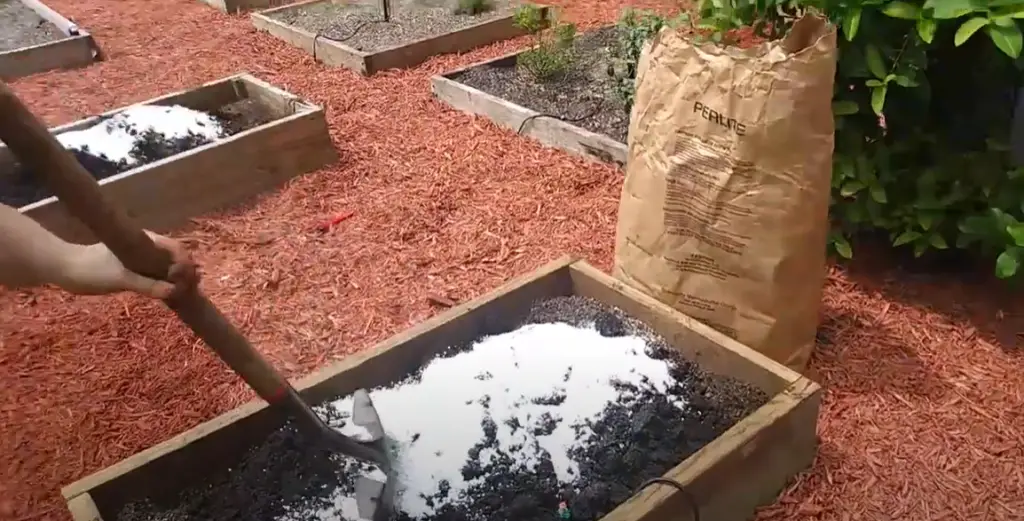
How to mulch?
Mulching is a great way to protect your soil and plants from erosion, water loss, weeds, and pests. Here are some simple steps to help you get started:
- Choose the right kind of mulch for your needs. There are many different types of mulches available such as bark chips, shredded bark, wood chips, grass clippings, straw, composted leaves, and more. Decide which type is best for your garden beds or landscape areas.
- Clear away any existing vegetation and remove large rocks or debris that could prevent proper aeration and drainage of the soil beneath the mulch layer.
- Spread out an even layer of mulch across the entire area. Try to keep the layer between 2-4 inches deep.
- Water the mulch thoroughly after it is applied. This will help activate microbes in the soil and promote the decomposition of the mulch.
- Monitor your mulched area regularly and add additional layers as needed throughout the season or year. You can also top off existing layers if they have become too thin or patchy over time.
- When adding new layers, make sure that you do not overcrowd plants and increase airflow around them by leaving some space between them for air circulation and sunlight penetration.
- Make sure to use organic mulches whenever possible to avoid bringing in any potentially harmful chemicals into your garden beds or landscape areas.
When to Use Garden Soil vs. Compost?
Garden soil and compost are both beneficial for growing plants, but there are some key differences between the two that makes it important to choose one over the other depending on your goals. Garden soil is a combination of sand, loam, clay, organic matter, and other materials. This mix helps with water retention, nutrient delivery, and aeration in the soil. It’s best suited for planting vegetables, flowers, and lawn edging as it provides the necessary nutrients for these plants to thrive.
Compost is made from decayed food scraps, leaves, grass clippings, and other organic waste. Unlike garden soil, it does not contain any nutrient-rich material such as nitrogen or phosphorus. However, due to its rich microbial content, it can help improve soil structure and aeration. It’s best used as a top dressing or mulch for vegetables, flowers, shrubs, trees, and other plants. Compost is also great for adding organic matter to sandy soils.
In conclusion, garden soil should be used when planting vegetables, flowers, and lawn edging since it contains the necessary nutrients to help these plants thrive. Compost should be used as a top dressing or mulch for any kind of plant to improve soil structure and aeration while also providing additional organic matter [3].
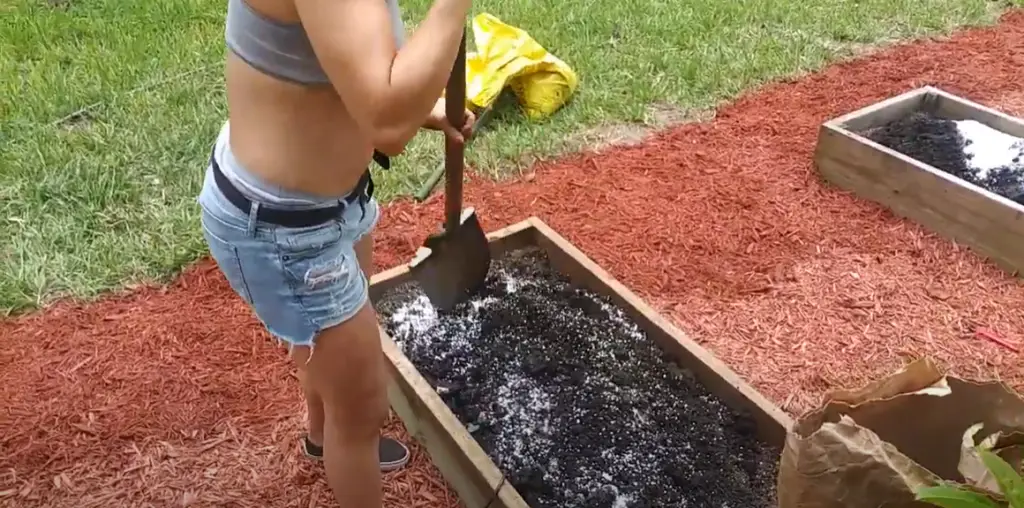
FAQ
Are compost and garden soil the same?
No, compost and garden soil are not the same. Compost is made up of decaying organic matter, while garden soil typically contains a combination of sand, silt, clay, minerals, and organic matter. Compost adds nutrients to the soil as it decomposes and helps improve water retention in sandy soils. Garden soil provides a good base for growing plants and is often mixed with compost to create an ideal planting environment.
The difference between the two materials can be further highlighted by the fact that compost has a higher nutrient content than garden soil and should not be used as a direct substitute for garden soil when planting. Additionally, because compost contains more microbes than garden soil does, it’s important to use aged or finished compost for your plants to avoid shocking them with too much nitrogen. Aged compost is also less likely to contain weed seeds that can cause problems in your garden. Overall, each material has its own unique benefits and should be used appropriately for the best gardening results.
Can I use compost as fertilizer?
Compost can be used as a fertilizer or soil amendment when it has decayed enough and contains a high level of organic matter. Compost helps improve soil structure, aeration, and water retention while providing essential nutrients like nitrogen, phosphorus, and potassium to the soil. Additionally, compost helps reduce diseases in plants by increasing beneficial microbes in the soil environment. It’s important to note that using too much compost may create an imbalance of nutrients, so it’s best to use compost in moderation and be sure to check the nutrient levels of your soil before applying any additional amendments.
Can I use garden soil as mulch?
No, garden soil is not suitable for use as a mulch since it does not offer the same protection that organic materials do. Garden soil may also cause water runoff or crusting on the topsoil layer which can prevent air and water from reaching plant roots. Organic materials like straw, leaves, grass clippings, or wood chips are better choices for mulching because they help add organic matter, increase beneficial microbes in the soil, and retain moisture more effectively than garden soil alone. Additionally, organic mulches decompose over time and release nutrients back into the soil.
What are the benefits of using compost in my garden?
Using compost in your garden offers many benefits, including improved soil structure, enhanced water retention, and increased fertility. Compost also helps reduce diseases in plants by introducing beneficial microbes to the soil environment and can help suppress weed growth. Additionally, compost adds additional organic matter to the soil which helps improve aeration and drainage for healthier plants. Composting can also be used as a sustainable way of reducing waste and returning valuable resources to the earth. Overall, compost is an invaluable resource that should be utilized whenever possible for healthy gardens.
Can I use compost instead of soil?
No, compost and soil are not interchangeable. Compost is made up of decaying organic matter while garden soil typically contains a combination of sand, silt, clay, minerals, and organic matter. Additionally, compost has more nutrients than garden soil and should only be used as an amendment rather than a direct substitute when planting. Compost can provide essential nutrients to the soil but will require other materials like sand or loam to create an ideal planting environment for most plants. Therefore, it’s best to use both soil and compost together for the best gardening results.
Should I mix compost with soil?
Yes, compost and soil should be mixed for the best gardening results. Soil provides structure and stability to plants while compost adds organic matter, nutrients, and beneficial microbes. The addition of compost helps improve aeration and water retention while providing essential nutrients that can make a huge difference in the overall health of your plants. Additionally, mixing compost with soil is a great way to reduce waste and return valuable resources to the earth.
What happens if you plant directly in compost?
Planting directly into compost is not recommended since it does not provide the same structure and stability that soil does. Additionally, too much compost can create an imbalance of nutrients which may cause stunted growth or other nutrient deficiencies in your plants. The best way to utilize compost is to mix it with soil and use it as a soil amendment, rather than plant directly in it. By mixing compost with soil, you will be able to benefit from the added organic matter, beneficial microbes, and nutrients while still maintaining the structural support needed for healthy root development.
What are the differences between compost and mulch?
Compost and mulch are both organic materials that can be used to improve soil quality in your garden. Compost is made up of decomposed organic matter that provides essential nutrients for plant growth, while mulch is a protective layer of material placed around plants to suppress weeds, regulate soil temperature, and conserve moisture.
Additionally, compost can provide structure and stability to the soil while mulch acts as an insulating layer that helps protect roots from extreme temperatures or drought stress. While both compost and mulch are beneficial for gardening, they should generally not be used interchangeably since each material offers different benefits.
What else is garden soil used for?
Garden soil can be used for more than just growing plants. It can also be used to create pathways, raised garden beds, and container gardens. Additionally, it can be used to fill in low areas or depressions in your landscape which will help improve drainage and prevent erosion. Garden soil is also an excellent choice for making compost tea as it contains many of the beneficial microbes needed for healthy plant growth. With all of these uses, garden soil is a truly versatile material that can help you create and maintain stunning landscapes.
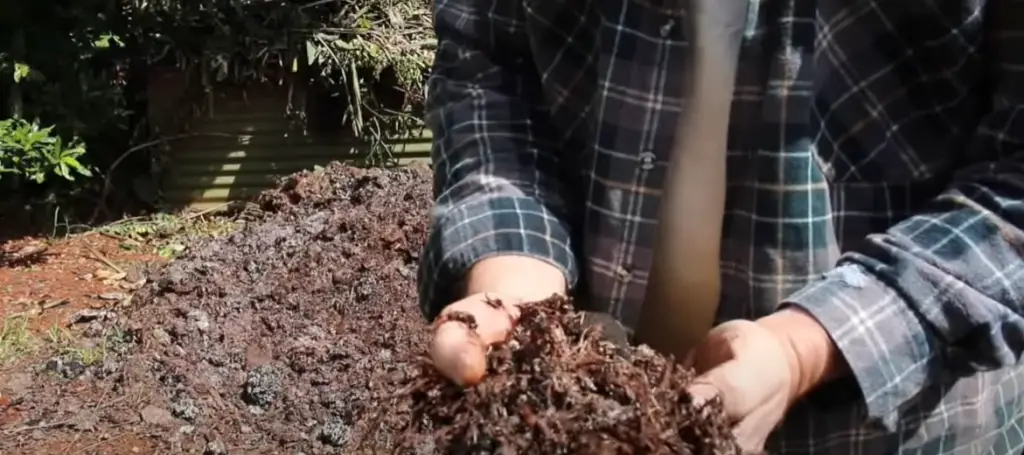
Can you use garden soil for growing indoor plants?
Yes, you can use garden soil for growing indoor plants. However, it’s important to be aware of the potential problems that may arise from using soil indoors. Garden soil tends to become compacted which can lead to poor drainage and root rot. Additionally, there is a risk of bringing in pests or diseases if the soil isn’t sterilized before bringing it inside. To avoid these issues, it’s best to use an indoor potting mix specifically designed for houseplants whenever possible. This will help ensure that your plants have the right balance of nutrients and good drainage needed for optimal health.
How long should the compost sit before use?
Compost should be left to sit for at least 6 months before use. During this time, the organic matter will break down and beneficial microbes will multiply. This is important since compost needs to reach a certain level of maturity to provide optimal benefits for your garden soil. Additionally, if you leave the compost for longer than 6 months (up to one year), it will become even more nutrient-rich and packed with beneficial organisms that can help promote healthy plant growth. It’s best to wait until your compost reaches this stage before incorporating it into your garden soil for the best gardening results.
Does garden soil contain fertilizer?
No, garden soil does not typically contain fertilizer. Fertilizers are typically synthetic chemicals that can help provide essential nutrients for plants in low-nutrient soils. Garden soil is composed of natural organic matter such as compost, humus, and leaf mold which helps to make the soil fertile over time. However, it’s important to keep in mind that fertilizers may be necessary if your soil is very depleted or lacking in certain essential nutrients. In this case, adding a fertilizer specifically designed for your type of plant will help promote healthy growth.
Useful Video: Soil vs Compost What’s the Difference
Conclusion
Garden soil and compost are both essential components for any successful garden. Garden soil helps provide structure and support to plants, while compost is a rich source of nutrients that are necessary for plant health and growth. The ideal combination of these two materials will be determined by the specific gardening needs, so it’s important to do research and talk to experienced gardeners to find out which type of soil and compost would work best in each situation. With careful consideration and planning, gardens can thrive with the right mix of soil and compost!
References:
- https://learn.eartheasy.com/articles/know-your-garden-soil-how-to-make-the-most-of-your-soil-type/
- https://thepracticalplanter.com/difference-between-soil-and-compost/
- https://www.gardeningchannel.com/compost-vs-soil-differences/





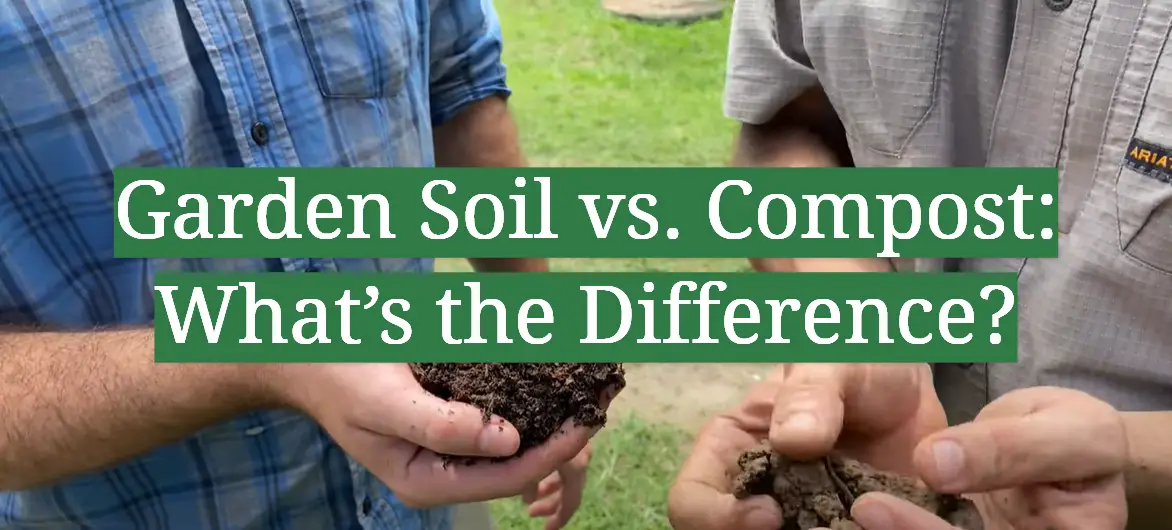
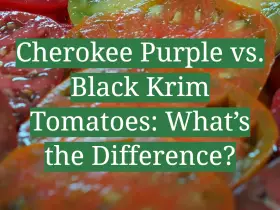
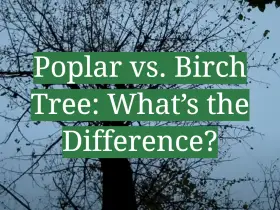


Leave a Reply
View Comments